10 Popular Tourist Destinations Fighting Back Overtourism
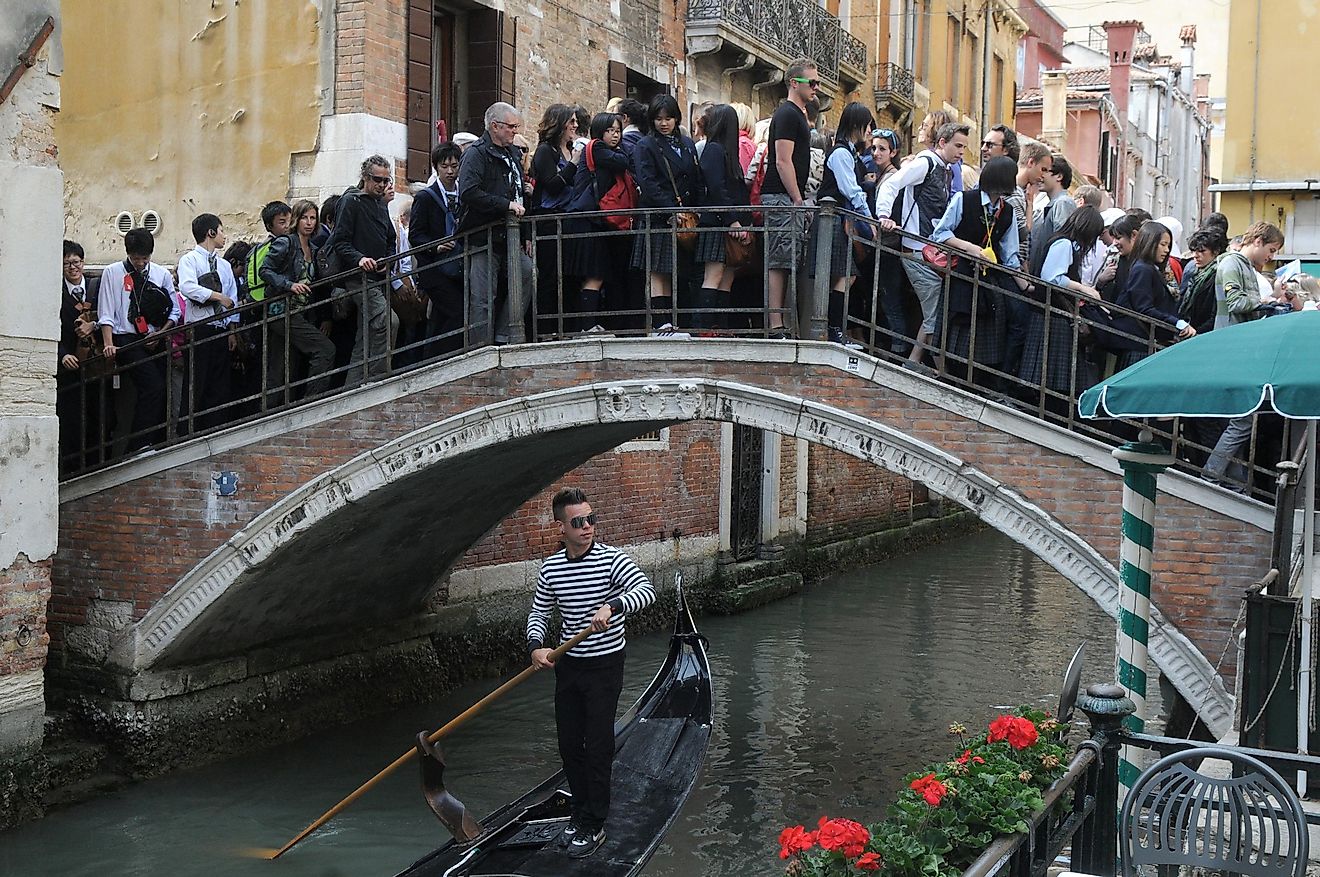
Anything in excess has never been good. Overtourism is the perceived congestion in an area because of excess tourists such that resources and amenities are overstretched, leading to conflicts with the locals. The term gained prominence in 2015 when the negative impacts of having too many tourists started to emerge. Overtourism centers on three main areas and includes too many visitors, too much disturbance, and destruction of the environment. The more the tourists, the more revenues, but most of this revenue is lost in cleanups and compensation for personal damages, which in the long run, makes tourism a loss-making venture. Low-cost airlines, social media, and availability of quick and cheap accommodation on Airbnb have made it easier for people to travel as much as they want without putting a dent on their budgets. Some tourist destinations are now fighting back against overtourism, and they include the following.
Dubrovnik, Croatia
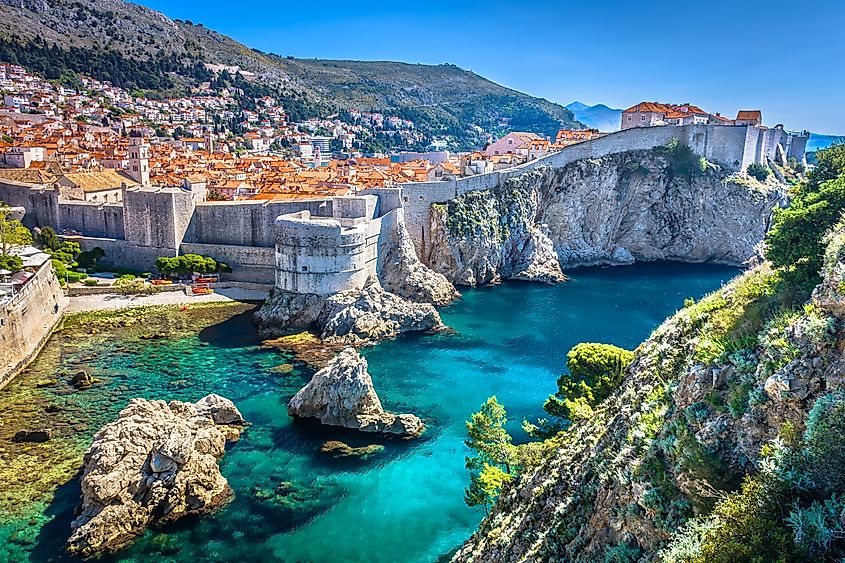
Mato Frankovic, the mayor of Dubrovnik, Croatia, started a campaign to shut down 80% of shops and souvenir stalls in the city as well as restricting cruise ships that dock to only two in a day. The attempt to deal with overtourism was instigated by the difficulties the city faced because of huge foot traffic from tourists who flocked the city in 2018. New laws have already been proposed for 2020, which includes a ban on the opening of new restaurants, the introduction of pre-booked fixed slots for tourist buses, and a $5 tax on every ticket. Private shuttle buses are also being replaced by public buses, and a higher annual tax of $223 is being imposed on Airbnb apartments.
Amsterdam, Netherlands
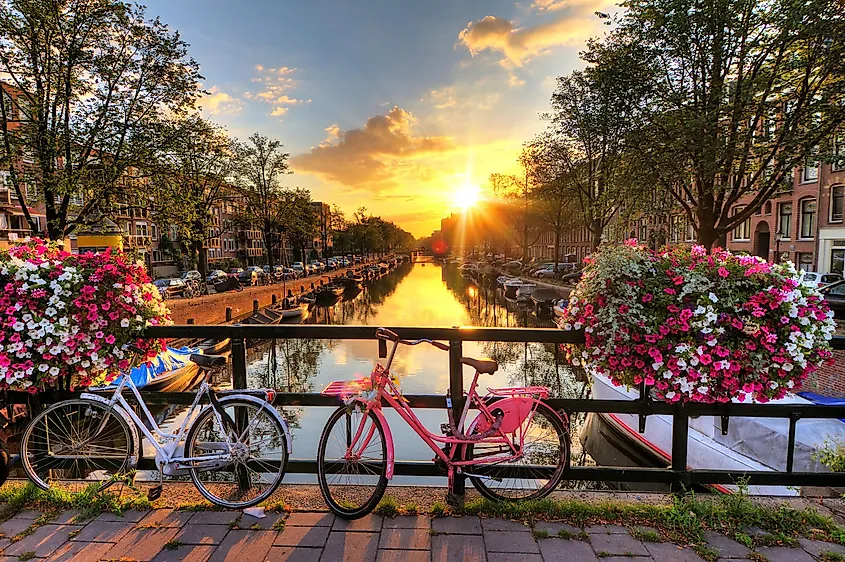
Amsterdam has been a top tourist destination for ages thanks to its wide array of options available to visitors, especially the famous red-light districts. The Dutch government has stopped promoting Amsterdam and instead focus on other locations around the country to ease tourist crowds in the capital. Starting on April 1st, 2020, tours of the famous Red-Light District will be banned with people not allowed to move in groups of more than 15 people. The Red-Light District has recently come under scrutiny thanks to the rise of camera phones and social media, which paint the city in a bad light.
Venice, Italy
On Easter Sunday in 2019, Venice saw a staggering 125,000 visitors flock into its already crowded city, something that the management of the city had never seen before. Heavy traffic on foot, boat, and cruise have started to pollute the delicate lagoon around Venice. At the same time, locals are being pushed out by increasing property. The situation prompted the deployment of turnstiles at the two bridges that serve as entrances and exits to Venice. The barrier would then be shut down once crowds passed the limit. The radical move elicited outcries from people who were planning to visit Venice. Better ways of dealing with the crowds are being formulated.
Santorini, Greece
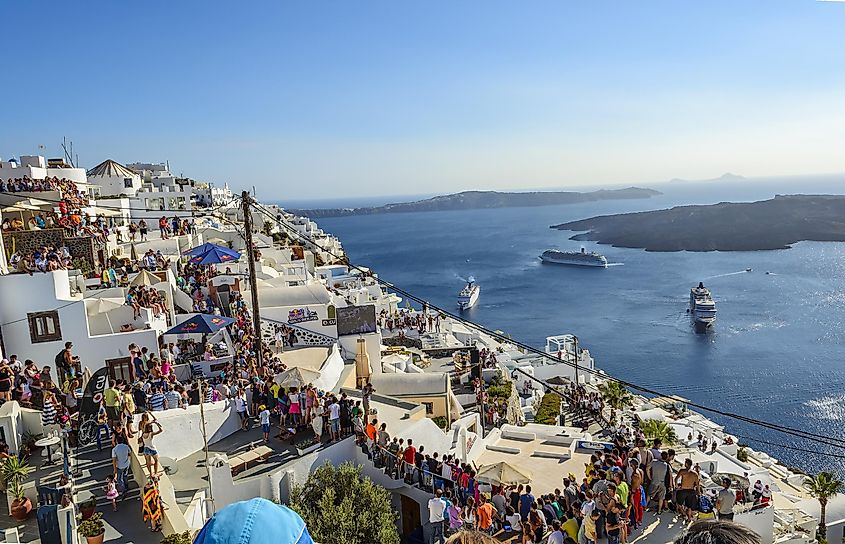
With 2 million visitors every year, Santorini is a dream destination for many. Unfortunately, the small island of only 30 square miles is increasingly finding it hard to support this huge traffic. Visitor numbers have been reduced from 12,000 a day to 8,000 to limit the congestion experienced when cruise ships dock at the Cycladic island. The measures are to allow the local inhabitants who number only 15,000 to have some time for themselves and to preserve the natural environment that has come under stress because of the high number of visitors.
Palma de Mallorca, Spain
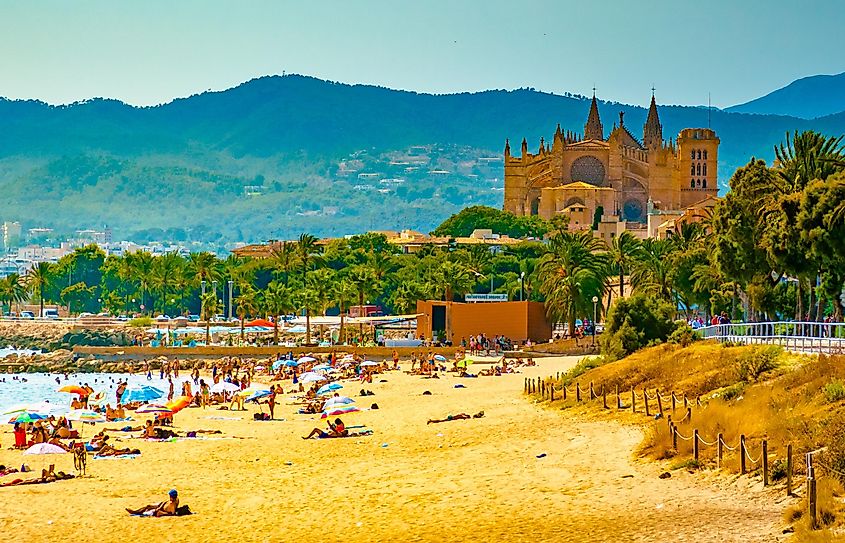
Famous for its pristine and clean beaches, Mallorca has had to pay a heavy price for that popularity that came in the form of 10 million visitors every year. To counter this unregulated influx of visitors, the mayor of Mallorca banned short term rentals of private residences by visitors that had become big business for Airbnb owners who were locking out locals and long-term seasonal workers from getting affordable accommodations.
Isle of Skye, Scotland
A single feature on a popular TV show was all it took to turn this once remote destination into a nightmare for the residents. Tourist numbers ballooned overnight and outstripped the accommodation available, forcing some to sleep in cars that ended up blocking the narrow Scottish roads. A restriction on the number of visitors allowed is being implemented, and at the same time, a more convenient mode of transportation using big buses is about to be launched.
Bhutan, South Asia
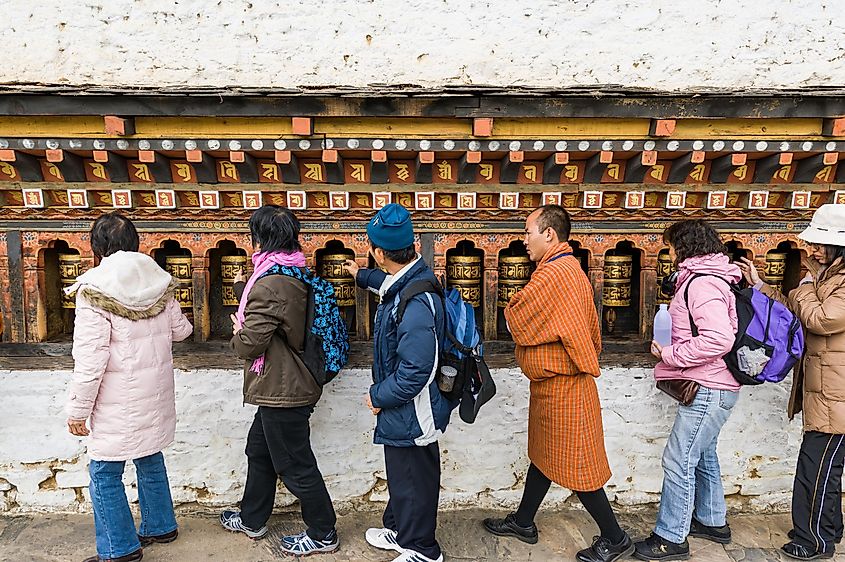
Bhutan realized early enough the importance of preserving its natural beauty by regulating the number of people that visit the country. Having opened its borders to tourists in 1974, tourists have strict regulations to adhere to before they are allowed in. For instance, they must spend a minimum of $250 a day on accommodation and must do so through a registered travel agent, no independent travel is allowed. Electrical devices and gadgets have to be registered upon entry, and the most popular places require a permit for entry.
Machu Picchu, Peru
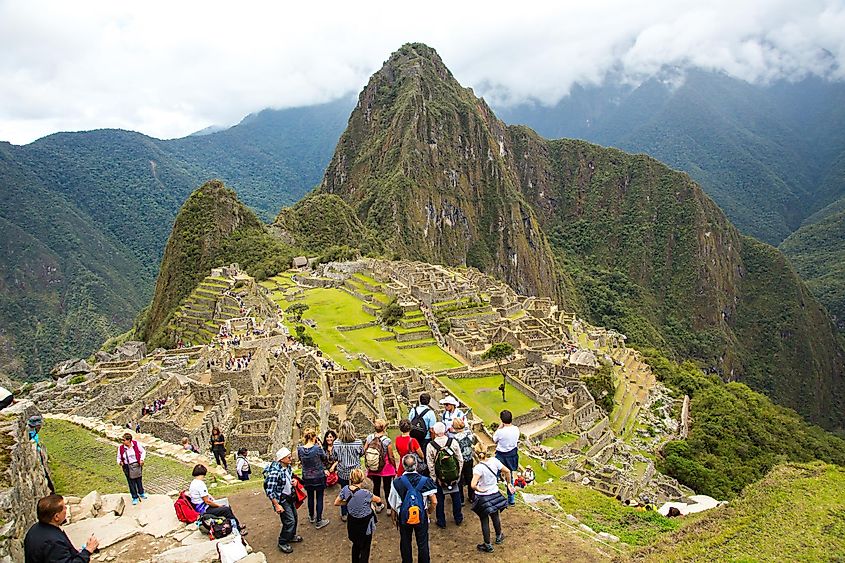
With the rich history associated with Machu Picchu, it is no surprise that it receives over 1.4 million visitors annually. However, these numbers are not suitable for the delicate sites of Machu Picchu, to minimize damage, there is a timed entry system that evenly distributes visitors so that they do not congregate in one place at a time. Visitors are also not allowed to move about without a registered guide.
Maya Bay, Thailand
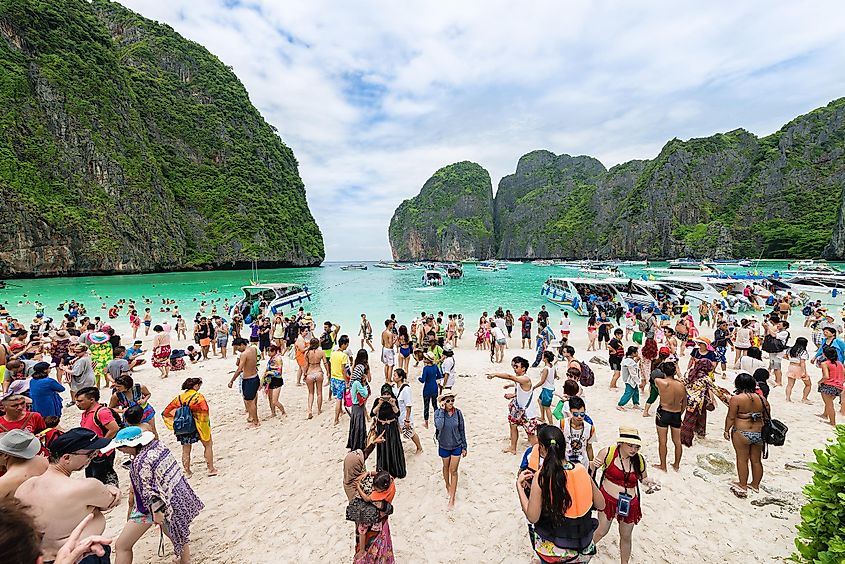
The turquoise blue waters of Maya Bay and its precious coral reefs came under threat when the bay started receiving 5,000 visitors daily. Authorities had to impose a 3-month ban on tourists, which was later changed to an indefinite ban, permanently closing it from human beings to save the little paradise.
Galapagos Islands, Ecuador
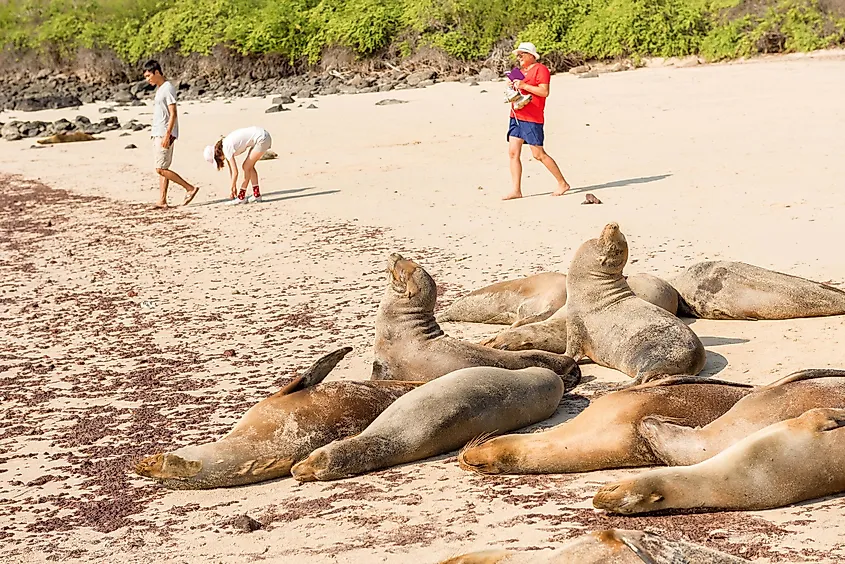
The famous islands were a dream destination for environmental enthusiasts who genuinely wanted to save the environment. However, this changed in later years when people started visiting only for the warm weather and the beaches. Restrictions have now been imposed to reduce traffic, especially on land, to preserve the islands.
The Need To Regulate Tourism
Economic empowerment is a good thing as it uplifts the living standards of everyone involved, but if it comes at the expense of the environment, then it cannot be sustained for long. The need to regulate tourism has never been more urgent than now. Responsible traveling involves the use of public modes of transport that minimize the impacts on both the environment and the local people. Visitors should plan to stay longer at their destinations, and they should avoid using Airbnb plans and instead opt for central hotels near the places they intend to visit. Traveling during off-peak season is another way of saving on costs and avoiding too many crowds at the same place. Visitors should also travel for themselves, not for social media validations as this is the leading cause of the desecration of cultural places and sites. Engaging with the local people to get information on the most accessible routes, learning the essential bits of their language, and dining on their cuisine is a way of showing respect to them and helping them earn something. The most important thing is to research destinations in advance before making travel arrangements.











